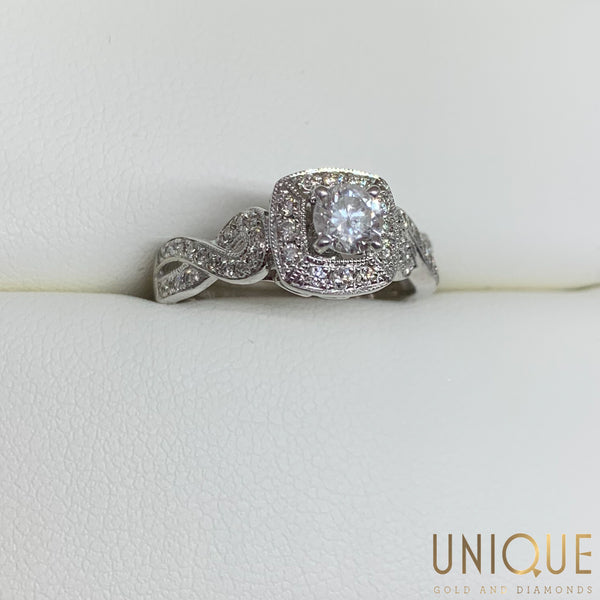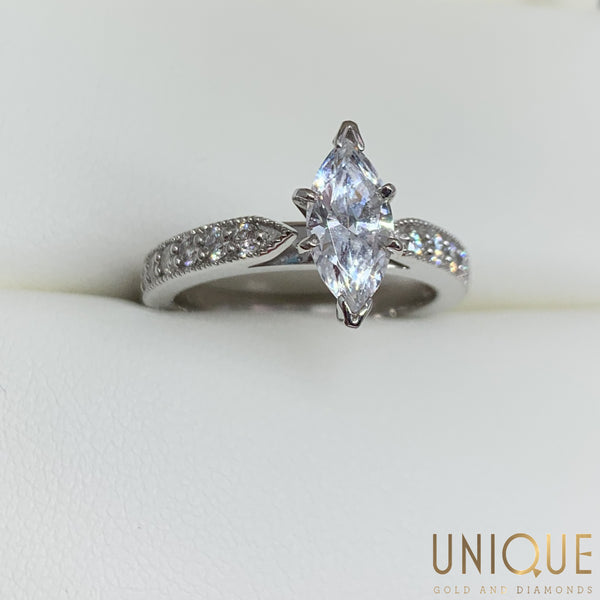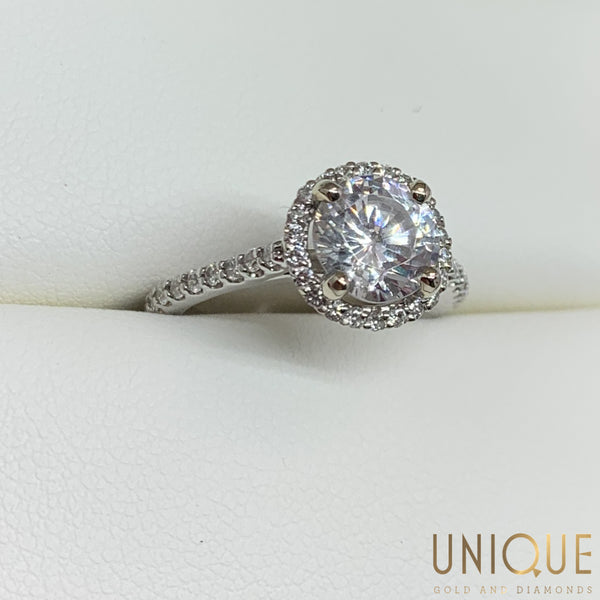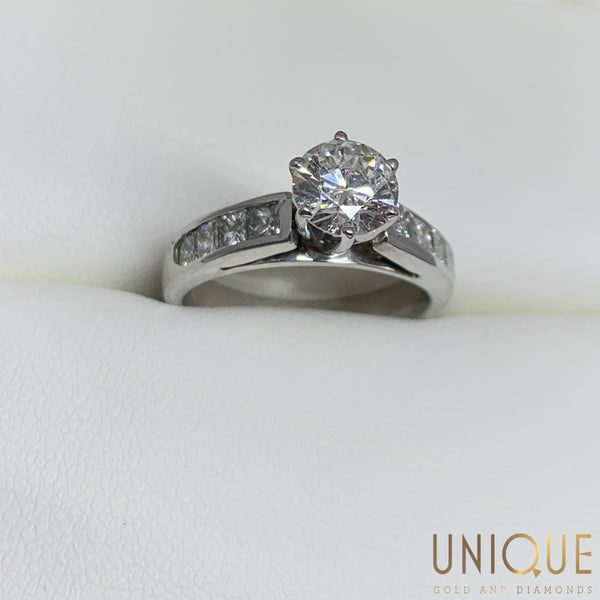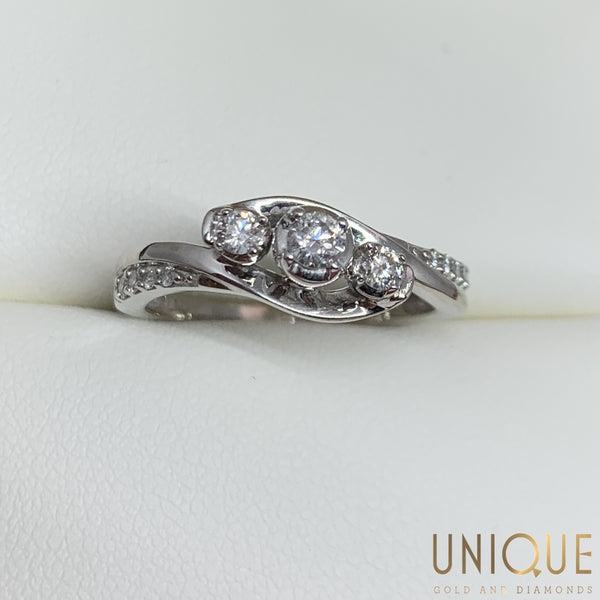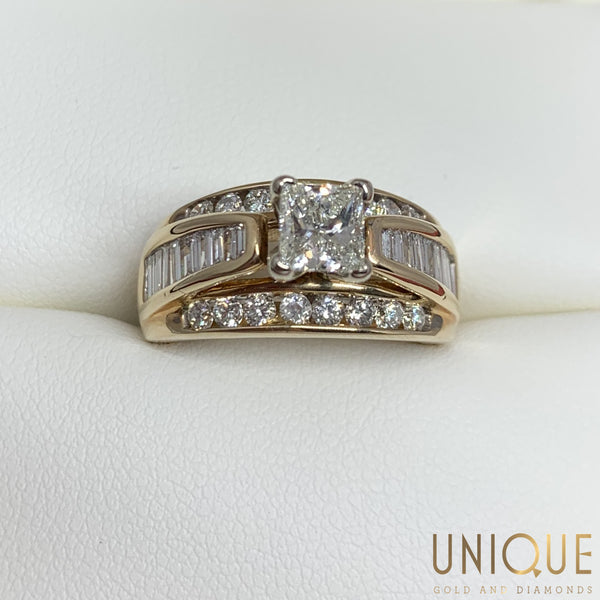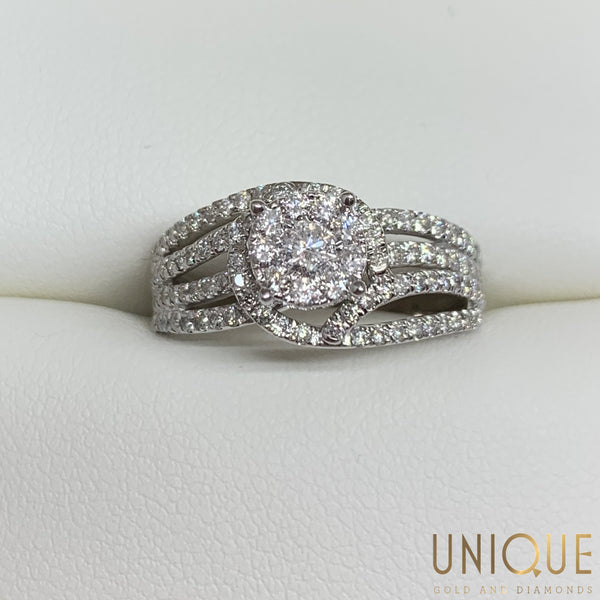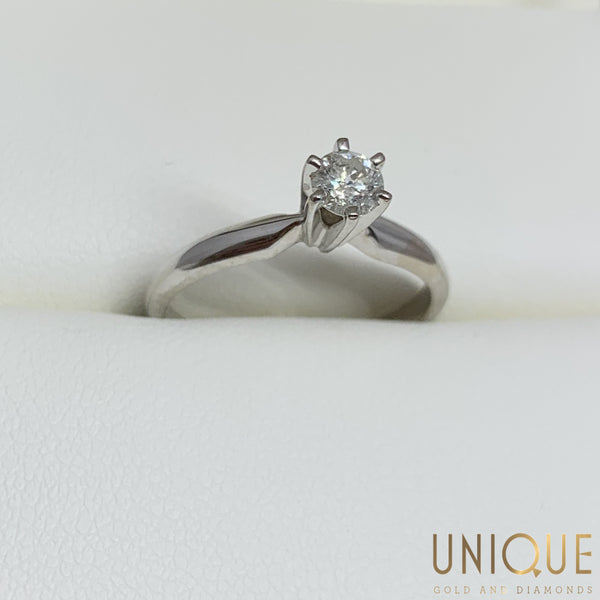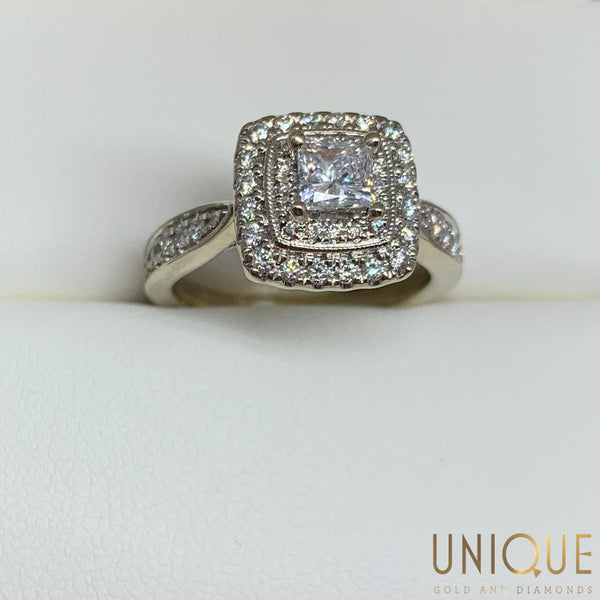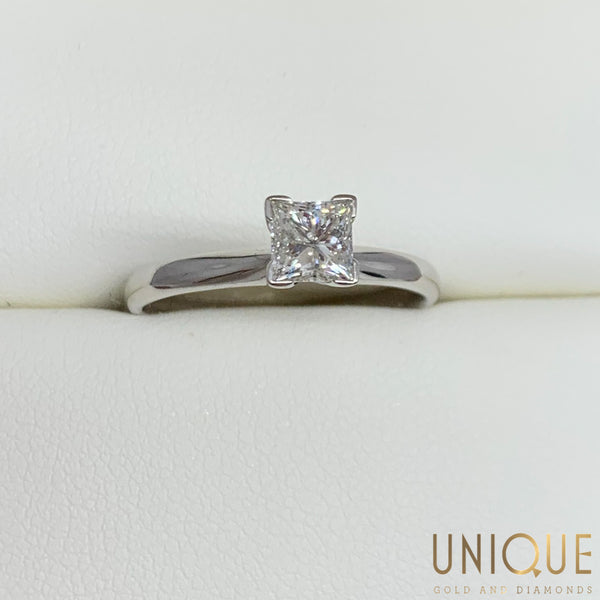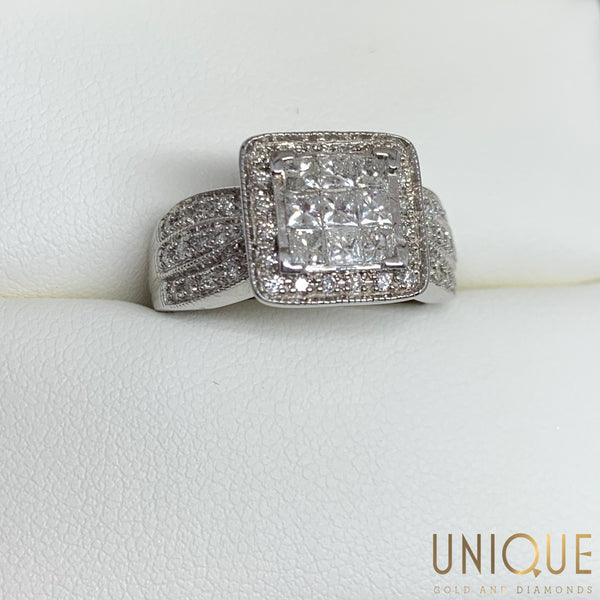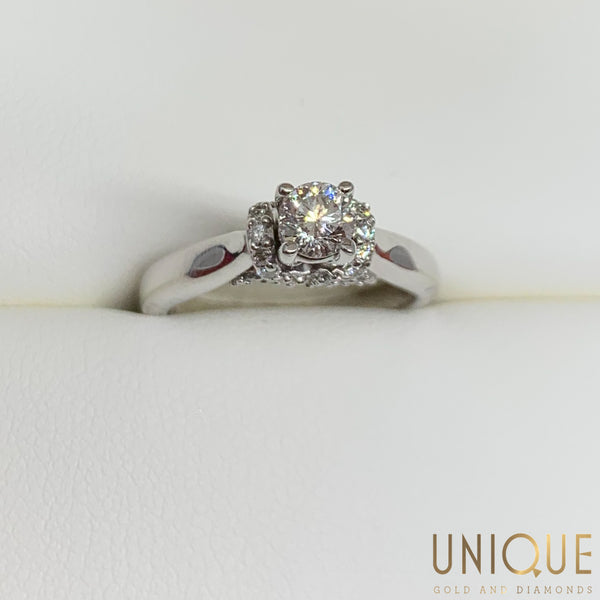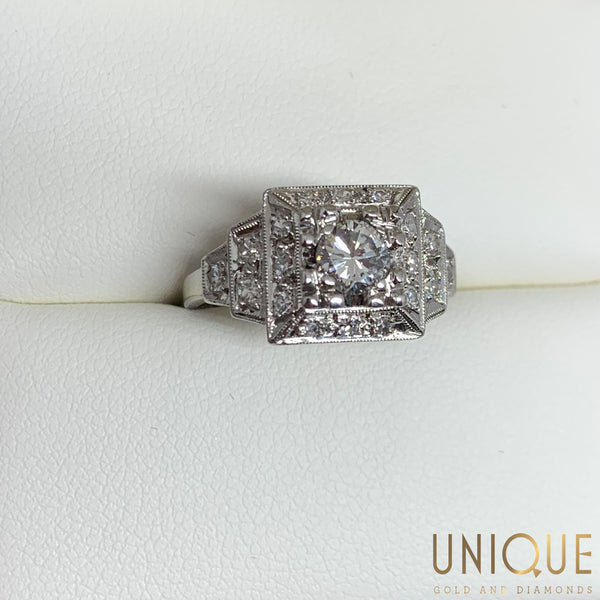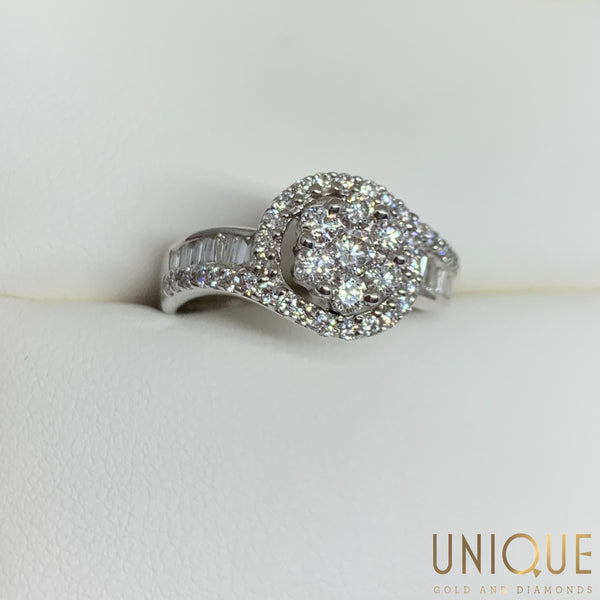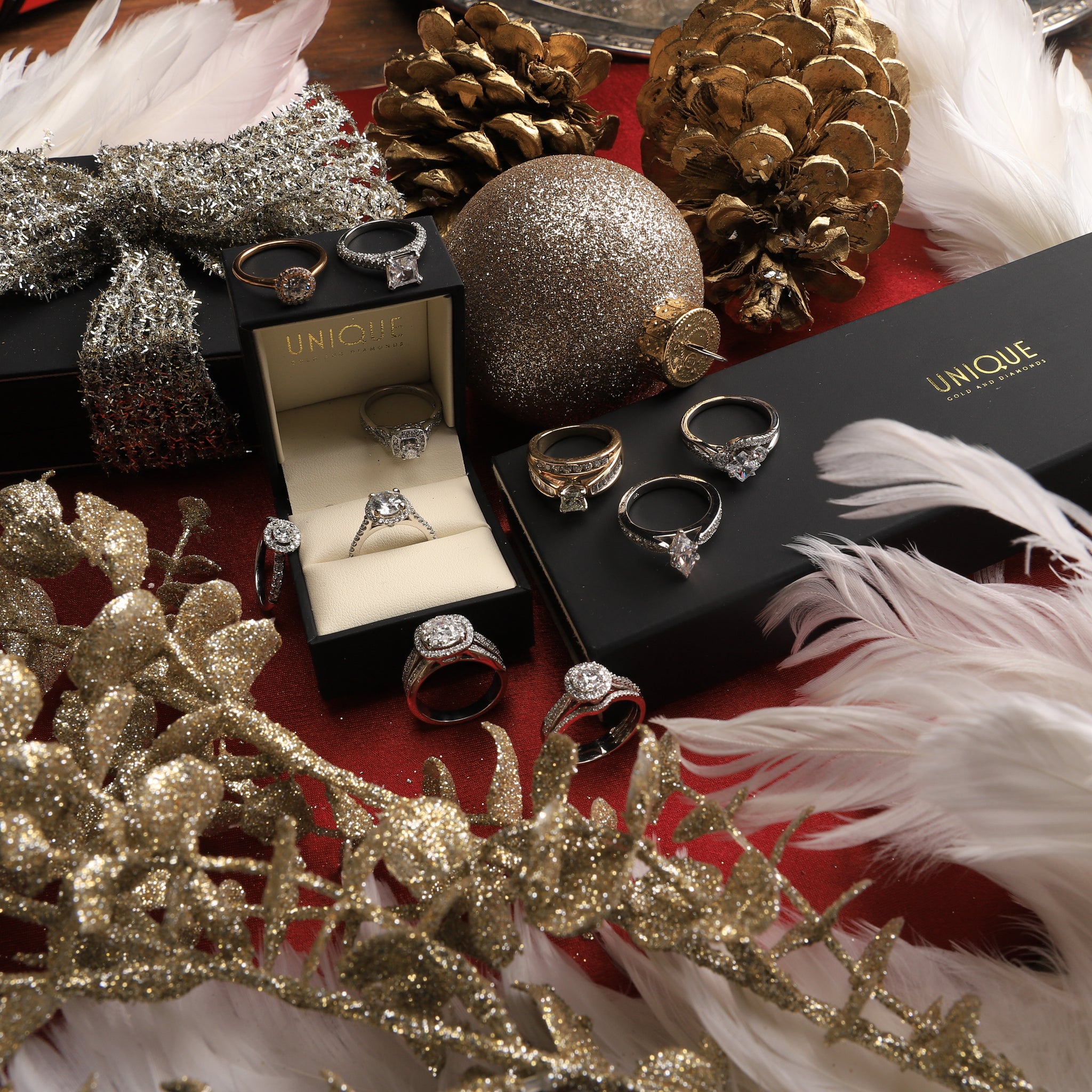
Diamond Engagement Rings
Congratulations! If you're reading this, you've found the one you want to marry and are ready to get on bended knee to make it official. It all becomes real when you open the ring box and slide the perfect ring onto her finger. That's the moment she has been waiting for and the moment you've run through in your head, but first, there are a handful of things you should know and consider before making your purchase. Scroll to the bottom of this page to view some of our inventory!
These items will guide you in your purchasing decision so that when it's time to show the sparkles to your significant other, you're as confident in your ring selection as you are that she'll say yes.
CONTACT US TODAY
The Four C's

The four C's are the pillars of any diamond and will affect the price and look, and they are very important to consider when purchasing an engagement ring for your soulmate. If you consider all the four C's, you'll end up with the best diamond for your money.
Cut
The Gemological Institute of America (GIA) grades diamond cut on a scale of Ideal, Excellent, Very Good, Good, Fair, and Poor. Diamond cut refers to a diamond's angles, facets, proportions, and symmetry, and it's important to consider if you want the diamond to sparkle. The cut is a significant part of selecting a brilliant engagement ring because, without a proper cut, you may compromise on the sparkle of the ring.
Color
The diamond color grading scale is from D to Z, with D being the most colorless and Z diamonds having a noticeable tint. It's important to know that there could be a significant price difference between two diamonds that appear right next to each other on the color scale, yet these may not look any different to the naked eye. Ask an expert to evaluate the diamond you're interested in to make sure you're paying fairly for a certain color rating.
Clarity
The clarity scale ranges from FL (Flawless) to I2 (Inclusions 2) and refers to how many inclusions and blemishes appear in the diamond. Clarity plays a major role alongside the cut of the diamond — with the right cut, it's possible for larger inclusions to go unnoticed.
Carat
Carat refers to the weight of a diamond. It's a common misconception that a larger weight equates to a larger diamond, but this isn't necessarily true. The cut and shape of a diamond affect the overall look of the piece, so even if a diamond has a lower carat weight, it could be more impressive than its higher carat weight counterpart.
As a diamond ratings system, all four C's work together to form a diamond that's just right for both your budget and your loved one's taste. In addition to the four C's, there are certain setting options, such as a band's width, that can make a ring stand out even more.
CONTACT US TODAY
The Stone

Diamonds aren't the only stone that you can put in an engagement ring. You may also want to consider emeralds, sapphires or any other stone that your significant other appreciates. Alternative stone engagement rings have become very common, especially among younger couples. Plus, if your better half prefers a non-diamond stone, you may save more money while still wowing her.
The Metal Options
Just like the stone itself, you can also customize the metal it's placed in. Metal options are also personal preference, but here is what you should know about them:
Platinum
Platinum is durable, hypoallergenic, and a beautiful metal, making it the most expensive of all metal options. This option may not be best if you'd prefer to spend most of your budget on the best stone you can buy. There is something special about a platinum band, though, because of the sheen it puts off when properly shined.
White Gold
White gold is a great alternative to platinum, and most people won't be able to tell the difference at first glance. Opting for this metal is a way to save money on the overall cost of the engagement ring. White gold also produces a sheen, plus many consider it to be the most versatile of all metals.
Yellow Gold
Yellow gold is the most traditional, and any engagement ring that features this timeless metal is beautiful. Yellow gold is a more delicate and easier to scratch than the other gold options, so you should take extra care to protect the integrity of this metal.
Rose Gold
Rose gold is a mix of yellow gold and copper to give it its hue. It's more durable than both white and yellow gold, and any woman who wants an engagement ring that feels equal parts classic and unique will love it.
Trends and Timeless Classics
During your search for the perfect ring, you'll have many unique collections to choose from. Focus on what speaks to you and your future spouse's style. Based on her jewelry choice and clothing, determine if she's more into timeless classics or does she appreciate meaningful trends.
You may also consider family heirlooms. First, ask the owner of the ring for permission to use it for your engagement, and then consider repurposing the heirloom into a customized ring. You can add stones to an already beautiful piece or change out the setting for something that matches your future spouse's style a little more.
Ring Size
Knowing your significant other's ring size can ensure it fits perfectly right away. Unless your future fiance is a major part of the buying process, the ring will likely have to go through adjustments. Try to get as close as possible to the correct sizing because there are some rings, depending on considerations like the metal and the thickness of the band, that cannot increase or decrease in size.
An engagement is a symbol of the commitment you two have for one another, and she'll want to wear the ring you select with pride for her whole life. Visit the engagement ring experts at Unique Gold & Diamonds to find the perfect piece for the occasion, including customized options that are as unique as your love.





